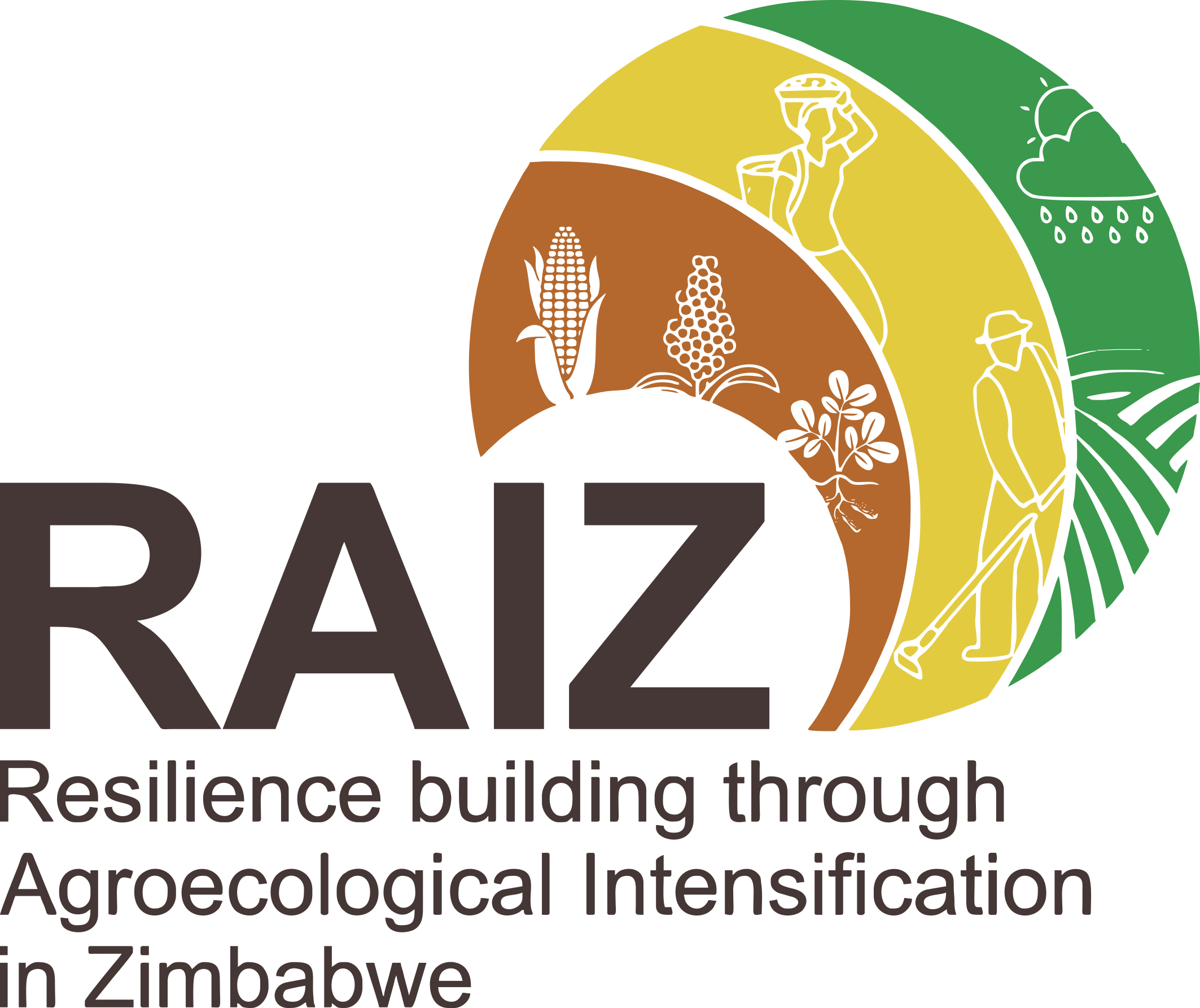We are pleased to invite you to my PhD defense in Environmental Sciences at the University of
Paris-Saclay AGRICULTURE, ALIMENTATION, BIOLOGIE, ENVIRONNEMENT, SANTÉ (ABIES)
entitled: Impact of albedo change on the climate benefit of conservation agriculture in subhumid Zimbabwe
This thesis was prepared within UMR ECOSYS (University of Paris-Saclay, INRAE,
AgroParisTech), UPR AIDA (CIRAD), and UMR CESBIO under the supervision of Eric CESCHIA,
Research Director, with co-supervision by Rémi CARDINAEL, Researcher (HDR), and co-advising
by Ronny LAUERWALD, Researcher
The defense will take place on Thursday, November 28, 2024, at 1:30 PM in Room C1.0.06
(Batiment C1), AgroParisTech, 22 Place de l’Agronomie – PALAISEAU (91).
The presentation will be conducted in French.
Videoconference link: https://inrae-fr.zoom.us/j/95979216106
Jury Composition
M. Dominique CARRER Météo-France (Université de Toulouse) Rapporteur
M. Bernard LONGDOZ Université de Liège (Belgique) Rapporteur
Mme Claire CHENU AgroParisTech (Université Paris-Saclay) Examinatrice
M. Philippe PEYLIN CNRS (Université Paris-Saclay) Examinateur
In Sub-Saharan Africa, studies of potential climate change mitigation levers by CA focus more
on biogeochemical effects (C storage, GHG emissions) while biogeophysical effects (albedo
effects, energy fluxes) are often ignored. In this context, it is very relevant to delve into the
effects of CA on agriculture’s biogeophysical contributions to climate in order to identify
potential mitigation levers associated with changes in practices and possible synergies with the
biogeochemical effects. We conducted studies to quantify the biogeophysical effects through
measurements of surface albedo, heat radiation, surface temperature, water content in soil,
and dynamics of crop growth during two growing years in Zimbabwe on two types of
contrasting soil: a sandy, light-coloured abruptic Lixisol and a clayey, dark-coloured xanthic
Ferralsol. Three cropping practices are compared in this study: conventional tillage (CT), notillage (NT) and no-tillage with mulch (NTM). The results showed an increase in surface albedo
following the adoption of NT practice compared to CT regardless of soil type. The contribution
of crop residues to surface compared with CT lead to contrasting effects according to soil types.
Indeed, the residues contribute to an increase in surface albedo on dark clay soils and
contribute to its decrease on light sandy soils. These albedo changes have led to negative
radiative forcing associated with a cooling climatic effect on the NT regardless of soil type and
contrasting effects for the NTM, with a cooling effect on dark clay soils and a warming effect
on light sandy soils. We compared these surface albedo-induced radiative forcing with the
biogeochemical effects of carbon (C) storage and N2O emissions induced by these same
practices. The results obtained showed that over 30 years of CA practice, albedo changes
related to NT and NTM practices have climatic effects ranging from -1.27 to +1.15 t CO2-eq ha1 year-1, comparable to the potential for carbon storage in soils in Sub-Saharan Africa. On dark
clay soils, these practices enhance the cooling effect, while on light sandy soils, they cause a
warming effect in the short term, negating the climate benefits of long-term stored C. To better
understand the determinants of albedo dynamics and to be able to simulate them according
to practices, the STICS model was used, revealing limitations in the consideration of the effect
of senescent tissues and surface moisture on the dynamics of surface albedo. New formalisms
were then proposed and tested, which allowed to improve the simulations of the surface
albedo. This study highlights the importance of integrating biogeophysical and biogeochemical
effects to better assess climate impacts of agricultural practices and optimize adaptation and
mitigation measures
